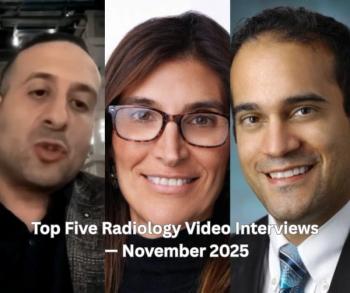
Growth in techs seeking certification tapers off
The number of technologists taking primary certification exams has hit a plateau with the growth trend seen over the last eight years flattening out, according to the American Registry of Radiologic Technologists.
The number of technologists taking primary certification exams has hit a plateau with the growth trend seen over the last eight years flattening out, according to the American Registry of Radiologic Technologists.
The number of first-time candidates taking a test for radiography increased slightly in 2008, by 0.5%, which compares with 6.5% in 2006. The number of those taking the test in nuclear medicine technology increased by 5.5% in 2008, as compared with 17.1% in 2007.
Instead of stunted growth, radiation therapy volume continued to fall in 2008. The number of first-time candidates dropped by 1.9% in 2008 on the heels of a 5.4% drop in 2007.
ARRT exam volume closely follows the number of program graduates, and that fluctuates based on supply and demand, said Jerry B. Reid, Ph.D., ARRT's executive director.
"When there are more positions available than there are technologists to fill them, educational programs increase enrollment," he said. "We typically overshoot the mark to the point where there are more technologists than there are positions, and the programs reduce enrollments."
Radiography and nuclear medicine are still increasing but not as dramatically as before, said Lauren Wood, Ph.D., director of psychometric services at ARRT.
"Nuclear medicine is increasing by about 5.5%, which is still a significant gain, but it's not the 17% or more that we've seen in the past," she said.
Unlike radiography and nuclear medicine, demand for CT remains high; the modality saw a 36% increase in postprimary exam volume for first-time candidates.
Some people performing CT scans are not registered to perform the procedure. Both employers and payers have initiatives to make sure the people doing the scans are certified in the modality, and consequently there has been an upswing in CT certification test applications, according to an ARRT spokesperson.
Newsletter
Stay at the forefront of radiology with the Diagnostic Imaging newsletter, delivering the latest news, clinical insights, and imaging advancements for today’s radiologists.




























